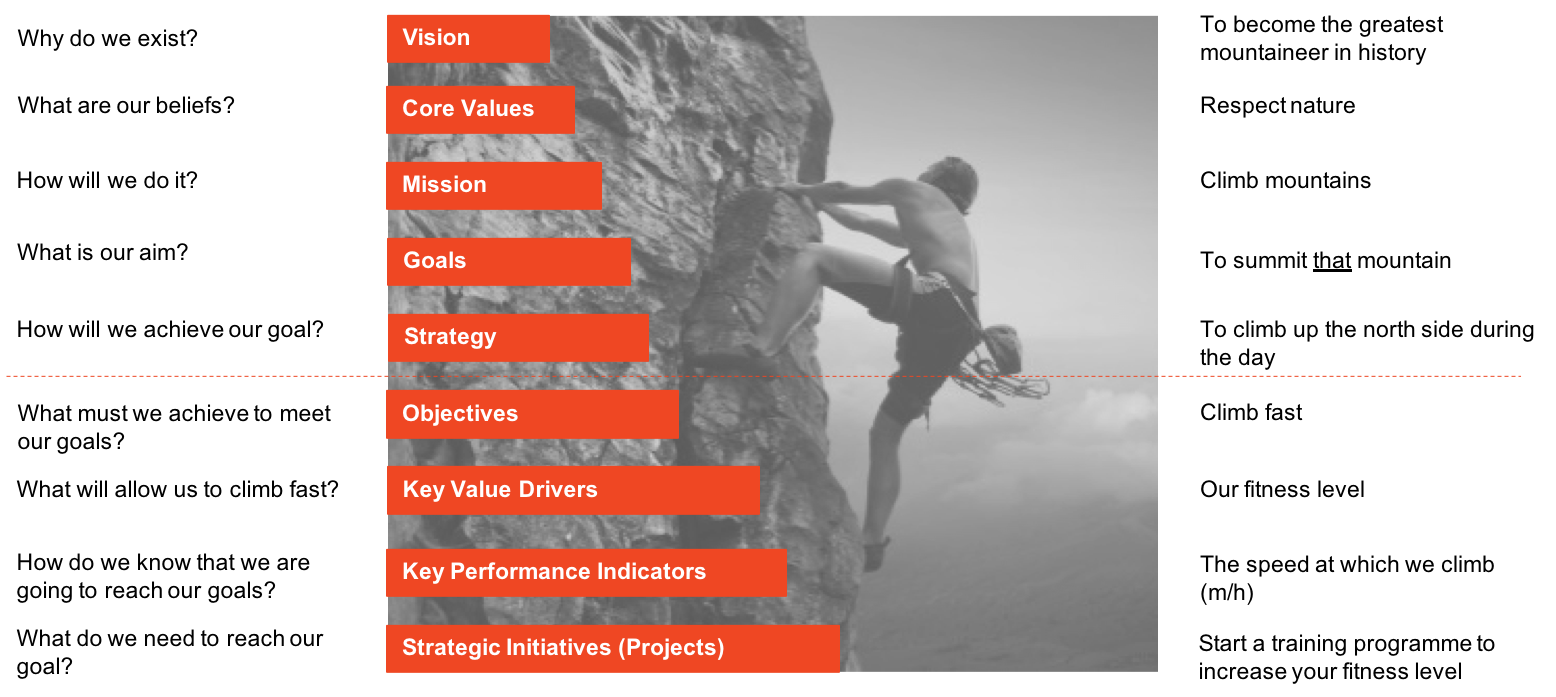In my previous blogs, I touched on my conviction about BaaT and how I believe it is the answer to creating sustainable solutions to the world’s problems.
I am a 13th generation white African and I witness poverty daily. The sad thing is that our African entrepreneurial spirit is visible on almost every street corner, but still most people in Africa are poor and unemployed.
I see hundreds of not-for-profits (NPO’s) being formed to help our African nations, but I also see hundreds of them dying every year due to a lack of sustainable funding. Don’t get me wrong, I am not against not-for-profits. But it is evident that they are not the most sustainable form of help. In difficult economic times, donations are the first expense to be cut, leaving them without cashflow and destined for the grave.
However, by figuring out how to turn your worthy cause into a ‘for-profit-for-good business’, it will significantly reduce the risk of financial uncertainty and ensure that you can provide a sustainable solution to the problem.
Now, I know many sceptics out there will tell you that the ‘for-good-for-profit’ model does not really work. They say people get confused and then drive the business in either one way or the other direction, leaving either for-good or for-profit as the loser. I argue that it is not the model that does not work, but rather the lack of clarity about the vision. Where there is a strong vision and every employee understands how the vision is realised, you will find a strong organisation, be that a for-profit or not-for-profit. The answer to this potential pitfall lies in the clarity of the vision and the understanding of the business model that delivers this vision.
A good example of a company that understands this is a property development company I work with. Their goal is to build children’s homes for orphans and street children in third world countries across the world. To fund this vision, they started a property development company that builds houses and other buildings for everyday clients. They then use 50% of their profits every year to build houses for the children.
Another good example is R. Riveter Handbags in the USA that was born out of the desire to create sustainable and meaningful employment for military spouses.
And then one of my favourites is TOMS Shoes, a company that sells shoes to paying clients to be able to donate shoes to children in third world countries across the world.
I want to challenge you to start thinking about how you can apply BaaT to make this world a better place and create more sustainable solutions. In fact, I want to dare you!
Please like and share if you agree with my BaaT conviction.
I am a 13th generation white African and I witness poverty daily. The sad thing is that our African entrepreneurial spirit is visible on almost every street corner, but still most people in Africa are poor and unemployed.
I see hundreds of not-for-profits (NPO’s) being formed to help our African nations, but I also see hundreds of them dying every year due to a lack of sustainable funding. Don’t get me wrong, I am not against not-for-profits. But it is evident that they are not the most sustainable form of help. In difficult economic times, donations are the first expense to be cut, leaving them without cashflow and destined for the grave.
However, by figuring out how to turn your worthy cause into a ‘for-profit-for-good business’, it will significantly reduce the risk of financial uncertainty and ensure that you can provide a sustainable solution to the problem.
Now, I know many sceptics out there will tell you that the ‘for-good-for-profit’ model does not really work. They say people get confused and then drive the business in either one way or the other direction, leaving either for-good or for-profit as the loser. I argue that it is not the model that does not work, but rather the lack of clarity about the vision. Where there is a strong vision and every employee understands how the vision is realised, you will find a strong organisation, be that a for-profit or not-for-profit. The answer to this potential pitfall lies in the clarity of the vision and the understanding of the business model that delivers this vision.
A good example of a company that understands this is a property development company I work with. Their goal is to build children’s homes for orphans and street children in third world countries across the world. To fund this vision, they started a property development company that builds houses and other buildings for everyday clients. They then use 50% of their profits every year to build houses for the children.
Another good example is R. Riveter Handbags in the USA that was born out of the desire to create sustainable and meaningful employment for military spouses.
And then one of my favourites is TOMS Shoes, a company that sells shoes to paying clients to be able to donate shoes to children in third world countries across the world.
I want to challenge you to start thinking about how you can apply BaaT to make this world a better place and create more sustainable solutions. In fact, I want to dare you!
Please like and share if you agree with my BaaT conviction.





